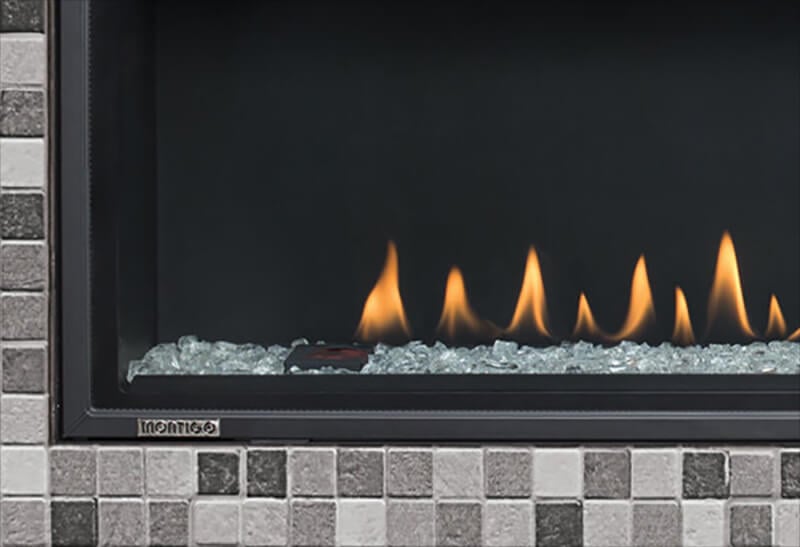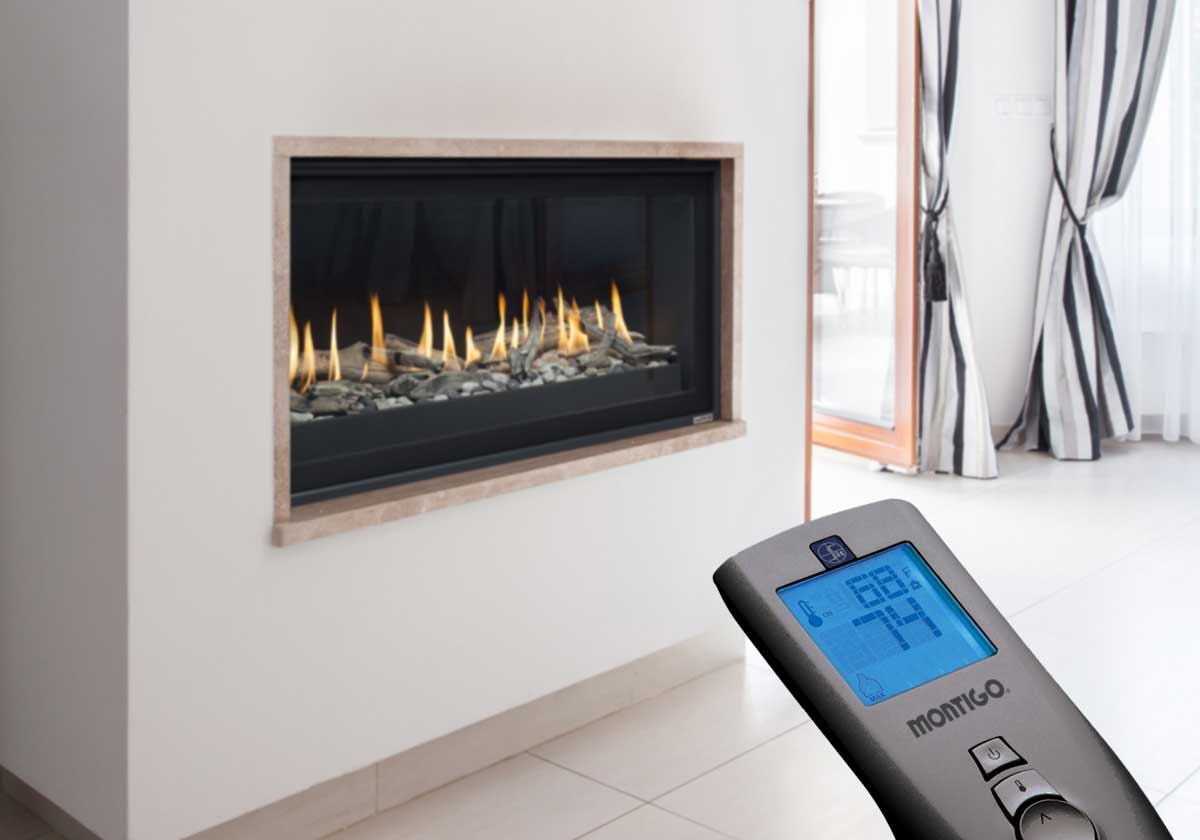Understanding the Pros and Cons of Gas Fireplace Ignition Types
Gas fireplaces provide a cozy and convenient way to add warmth and ambiance to your home. One of the key features to consider when choosing a gas fireplace is the ignition type. Different gas fireplace ignition systems offer distinct advantages and disadvantages, which can significantly impact your overall fireplace experience. In this article, we will explore the various gas fireplace ignition types, discussing their pros and cons to help you make an informed decision.
Standing Pilot Ignition (CPI)
Standing pilot ignition is the traditional method where a small, continuously burning flame, known as the pilot light, ignites the main burner. Also known as continuous pilot ignition (CPI), these systems use millivolt ignition, which does not require any external power to ignite. For efficiency purposes, the pilot will turn off after a period of 7-days if not used. Turning on the fireplace at any time during the 7-day cycle automatically restarts the 7-day cycle.
Here are its pros and cons of CPI:
Pros
- Independence from Power Supply: Standing pilot ignition operates without requiring electricity, ensuring the fireplace functions during power outages.
- Reliability: Standing pilot ignition is highly reliable since the pilot light is always on, ready to ignite the burner. It ensures consistent operation even during power outages.
- Simple Operation: Lighting the fireplace is as easy as turning a control knob or flipping a switch.
- Always ready: The continuous pilot keeps the flue warm, which reduces issues with cold starts.
- Low Energy Consumption: While the pilot light does consume a small amount of gas, the energy usage is relatively low. Adjust the pilot flame via manual knob (SIT821 gas valve).
Cons
- Energy Inefficiency: The standing pilot light continuously consumes gas, resulting in slightly higher energy costs compared to other ignition types.
- Limited Control: It may not offer the same level of control over flame height and intensity as other ignition systems.
- Environmental Impact: Continuous gas consumption contributes to carbon emissions, making it less environmentally friendly.
Intermittent Pilot Ignition (IPI)
Intermittent pilot ignition systems utilize electronic ignition to ignite the pilot light when needed. IPI turns on the spark electrode when the fireplace is turned ON, igniting the pilot and then the burner. Note: The pilot will not remain on after the fireplace is turned OFF.
Here are the pros and cons of IPI:
Pros
- Energy Efficiency: IPI systems are more energy-efficient than standing pilot ignition. The pilot light only ignites when the fireplace is in use, reducing gas consumption and energy costs.
- Enhanced Control: IPI allows for greater control over the flame height and intensity, allowing you to customize the ambiance and heat output.
- Improved Safety: If the pilot light goes out unexpectedly, the IPI system automatically shuts off the gas supply, preventing gas leaks.
Cons
- Initial Cost: Intermittent pilot ignition systems are typically more expensive to purchase and install compared to standing pilot systems.
- Slightly Slower Ignition: As the pilot light needs to ignite before the main burner, there might be a slight delay in flame production when turning on the fireplace.
Choosing the right gas fireplace ignition type depends on your priorities, including convenience, energy efficiency, control, and environmental impact. Standing pilot ignition provides reliability but sacrifices energy efficiency. Intermittent pilot ignition combines energy efficiency with enhanced control and safety features. Standing pilot ignition offers independence from power supply but may lack advanced control options.
Consider your preferences and requirements to determine which ignition type suits your needs and enjoy the warmth and ambiance of your gas fireplace with confidence.

